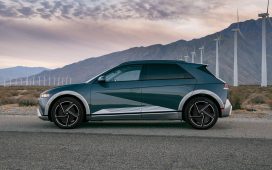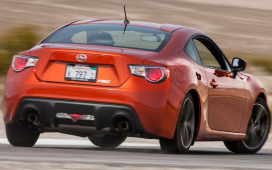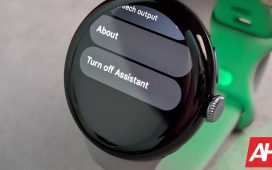Driving the 2025 Corvette ZR1 in anger is a proper workout. After just a few laps of hustling Chevrolet’s new, 1,064-horsepower, 233-mph monster around the Circuit of the Americas outside of Austin, Texas, I was breathing heavily, my heart was beating, and the sweat was pooling. And that’s not because it was pushing 100 degrees outside.
It’s easy to get your heart rate up when you’re screaming down the track’s back straight at 175 mph, but the real work begins when you slam on the car’s carbon-ceramic brakes. The thing pulls more than 1.5 G under deceleration, enough that, without a proper racing harness, just staying seated was a real challenge.
That’s all part of the experience of driving a car this capable, a Corvette on another level of performance from any that has come before. This new ZR1 is the product of years of engineering, a special, high-performance model that was envisioned since the beginning of this eighth-generation Corvette, the first to slot its V8 engine behind the driver.
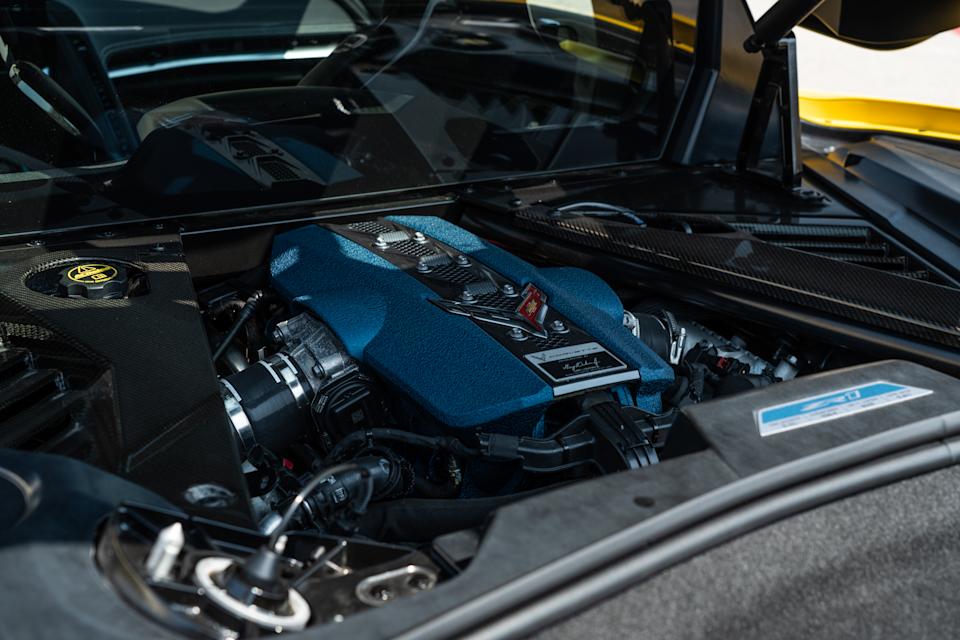
The twin-turbocharged, 5.5-liter V8 LT7 sits behind the driver.
That mid-engined layout created a much more balanced and high-performance platform upon which to build, and Chevrolet’s engineers developed a stellar driving (if a bit aesthetically challenged) machine around it. With 495 horsepower and a 0-60 time of 2.9 seconds, the base Stingray is a world-class machine.
This new ZR1 flavor, though, has more than twice that: 1,064 from a twin-turbocharged, 5.5-liter V8. That engine is called the LT7, and, yes, it shares many similarities with the LT6 powering the base ‘Vette. But it’s been extensively retooled inside and out to produce that kind of power reliably.
And quickly, too. Each of those two turbos is massive — 76 mm to be exact — yet as I was slinging myself around on track, I struggled to detect any turbo lag. The time between my foot going down and that power coming on was minimal, a feature enabled thanks to some efficient plumbing around those turbos as well as some innovative software that keeps them in their effective range for longer.
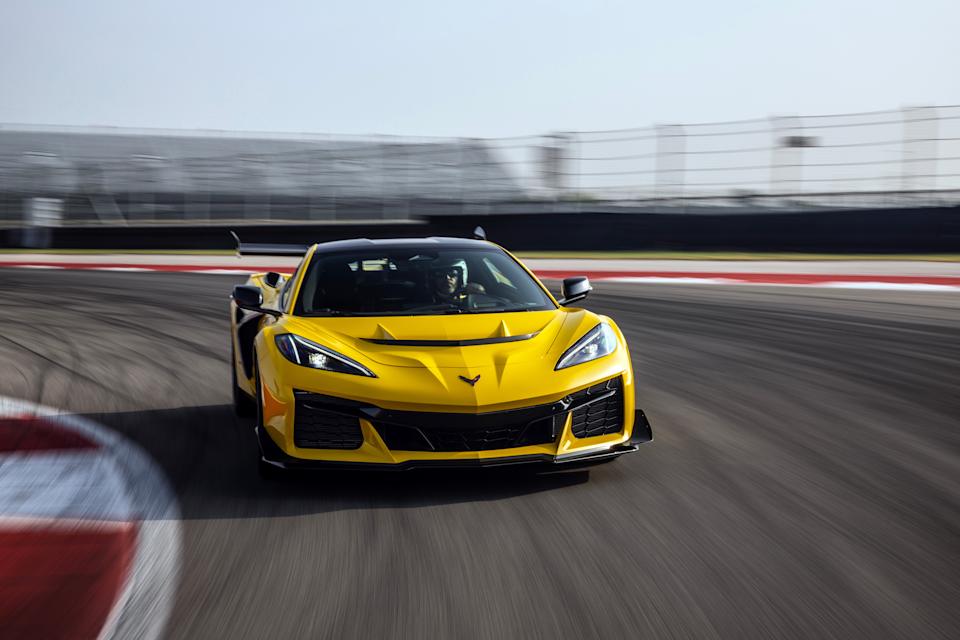
Yes, the ZR1 delivers more than 1,000 horsepower.
To match the big power, the ZR1 has some potent aerodynamic tricks. At the back, the giant wing helps to keep those rear wheels pressed into the ground. Up front, the Corvette’s frunk has been replaced by a scoop to pull air from the nose and send it upward. There are endless other aerodynamic tweaks and frills that all conspire to create 1,200 pounds of downforce at speed.
They help the sticky Michelin Pilot Sport Cup 2 R tires stay stuck, so much so that I was routinely pulling 1.3 Gs through the corners. That just added to the workout as the car swung left and right through COTA’s fast initial sequence of corners. Sharp steering meant I could keep my hands locked on the wheel even around the track’s tight hairpins, though their slow nature meant I had to be more careful getting back on the accelerator. At low speeds there’s no downforce to help keep those tires from spinning.
Even with traction and stability control enabled, the ZR1 felt eager and neutral, sliding front wheels or rear, depending on how hard I was pushing through the corners. I could see various indicator lights on the dashboard telling me that those systems were helping, but they never felt like they were ruining the fun. That’s key on a modern sports car, especially one trying to put that much power through just two wheels.
That’s just one piece of the technology puzzle in the ZR1, which also includes the Performance Data Recorder. This captured both high-definition footage of my time on the track plus a host of performance-related data to go along with it. It’s an excellent toy for track-day fanatics. The car also has niceties like adaptive, magnetic suspension plus wireless Android Auto and Apple CarPlay, but sadly, the interior is still plagued by the Corvette’s old, odd design. The 2026 Corvette gets a wholly new layout, one that’s far more appealing visually and ergonomically, but those who are hot to get themselves a ZR1 early will get a 2025 model.
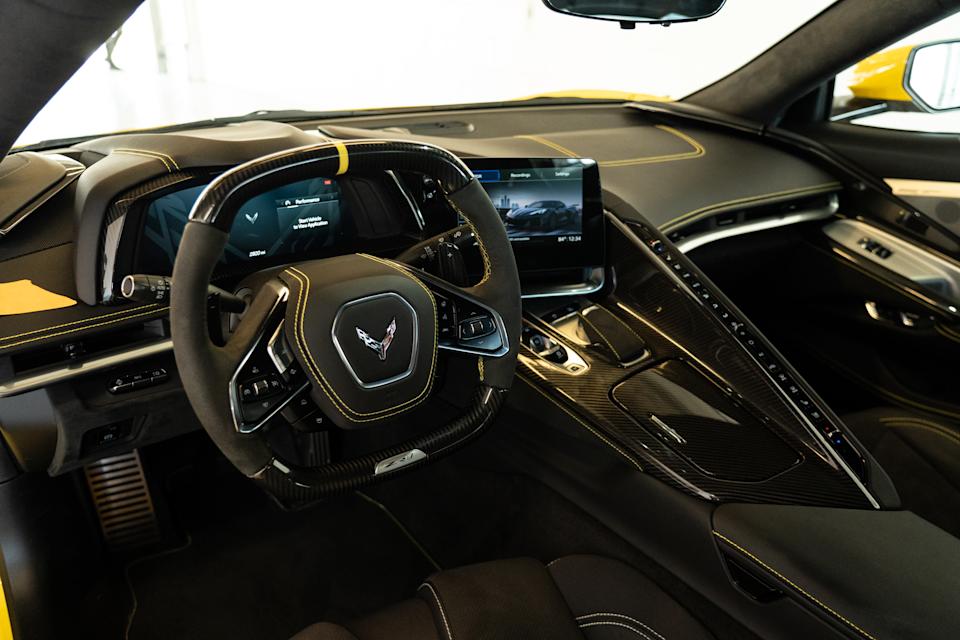
The 2025 model still sports this somewhat dated interior design, but that’s being refreshed for ’26.
If that’s you, you have some decisions to make when it comes to options, and they make a substantial difference in how the car drives. The car you see here was a loaded 3LZ model with the so-called ZTK and Carbon Fiber Aero packages. That $9,995 bundle includes the big wing and other aerodynamic appendages, plus the sticky Cup 2 R tires and a stiffer suspension layout to boot. If you’re looking for the ultimate track-day terror, that’s the one you’ll want.
But I also got some time on the track in a car without the ZTK package. This ZR1 still makes the same horsepower but isn’t quite so track-focused. It has more street-friendly Michelin Pilot Sport 4S tires and a slightly softer suspension. It’s still a great joy on the track without being quite so razor-focused. It’s a little safer, a little more tame, but still brutally quick.
You can get that non-ZTK car with or without the aerodynamic add-ons, and if you’re looking to test out that 233-mph top speed, that’s the version you’ll need. It’s also the way to go if you don’t like drawing too much attention. Without the wing, the ZR1 doesn’t look that different from a regular Stingray. From a distance, you’d never know it has more than two times the power.
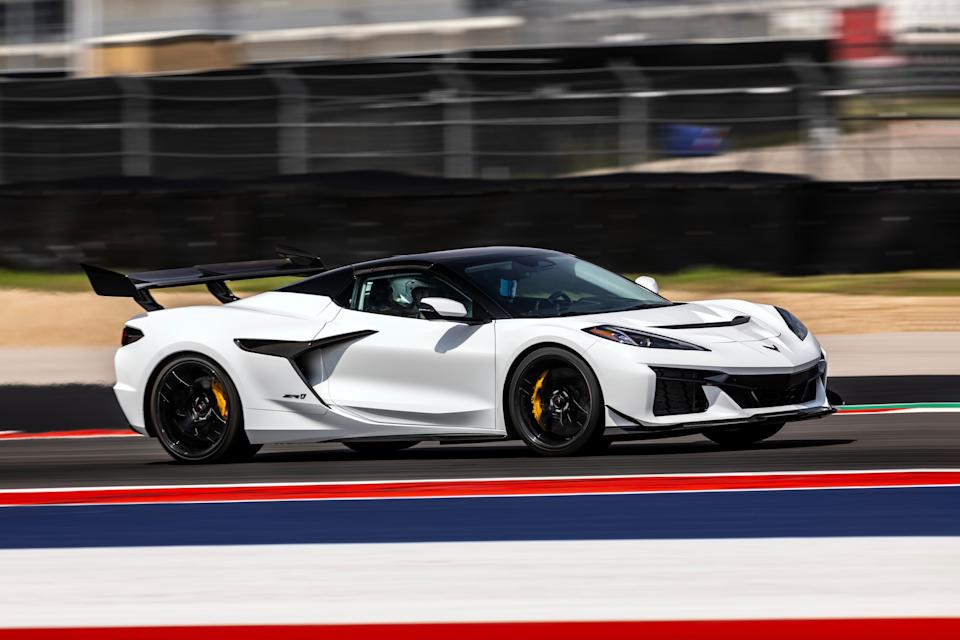
The ZR1 costs upwards of $200,000, depending on options.
However you build it, you’re likely to spend somewhere around $200,000. The ZR1 starts at $174,995 for a base, 1LT coupe, or $10,000 more for the hard-top convertible. Step up to the 3LZ, with nicer seats and a better sound system, plus a few other upgrades, and you’re spending at least $185,995 for a coupe. The ZTK package is another $9,995 on top of that, while special color paint plus other customized bits like yellow seatbelts will add even more to the bill.
That, then, makes this not only the fastest and quickest Corvette ever but among the most expensive, too. Still, given you’d have to spend two or three times that much to get a Ferrari or Lamborghini with comparable performance, somehow, it all feels worth it.

